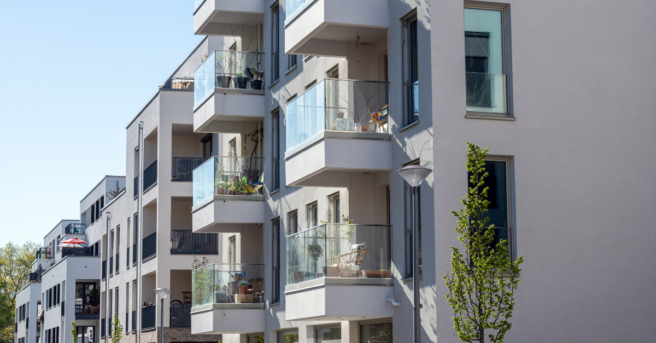
Florida has seen tremendous growth and development over the past decade. With that growth has come a lot of changes in the economy and a large spike in population. This has created a thriving real estate market for homebuyers, with the demand for housing rising greatly. But there is one major thing we have learned throughout recent years: there is a need for more affordable and workforce housing.
To promote more affordable and workforce housing, Governor Ron Desantis signed SB 102 into law. SB 102, now known as the Live Local Act, has significantly impacted zoning laws and limited local government’s power to regulate affordable housing.
This new law makes it easier for affordable housing projects to get approved quickly without going through a long public hearing process to change a property’s zoning. It also allows for affordable housing to be built in areas that are currently zoned for commercial or industrial use. The affordable housing project can be approved quickly and easily, if it meets certain requirements. This law will go into effect on July 1st, 2023. Overall, SB 102 will help make it easier to build affordable housing in your community.
Below is a more detailed explanation of how the Live Local Act will affect the local approval and development of affordable and workforce housing.
What is “Affordable” Housing?
Affordable housing is defined, under Florida Statute 420.0004, as housing that will not cost more than 30% of an individual’s annual income. Florida defines affordable housing into four specific categories extremely low income, very low income, low income, and moderate income persons.
The four categories of affordable housing can be defined, under Florida Statute 420.0004, as:
- Extremely low income: monthly rent does not exceed 30% of the median annual adjusted gross income
- Very low income: monthly rent does not exceed 50% of the median annual adjusted gross income
- Low income: monthly rent does not exceed 80% of the median annual adjusted gross income
- Moderate income: monthly rent does not exceed 120% of the median annual adjusted gross income
Expansion of Funding for Affordable Housing
A local government may approve affordable housing as part of mixed-used residential development on any parcel zoned commercial or industrial. But at least 10% of the units must be dedicated to affordable housing. Previously this provision would not apply if a developer received funding under SAIL, under § 420.5087, Florida Statutes. However, under SB 102, a developer will no longer be exempt from this provision if they receive SAIL funding. This change will allow developers to receive extra funding for their development and expand their funding resources.
Administrative Approval of Affordable Housing Projects
A county or municipality must approve a multifamily housing or mixed-use residential development administratively if the project meets the requirements of SB 102. This means that a county cannot require a developer to go through a rezoning, special exception, conditional use, variance approval, or comprehensive plan amendment if the multifamily housing or mixed-use residential development meets the requirements of SB 102. Administrative approvals under SB 102 do not apply to property defined as recreational and commercial working waterfronts according to Florida Statute 342.201(2)(b).
If a developer wants to build a residential project and take advantage of the new law, at least 40% of the units must be affordable and the development must be on a parcel of land zoned for commercial, industrial, or mixed-use. These affordable units must remain affordable for 30 years. The developer can choose which income category to focus on as long as 40% of the units are affordable. If the project is a mixed-use residential development, 65% of the space must be residential. If the developer meets these requirements, they can get fast approval from the government.
If a developer’s residential project meets the requirements discussed earlier, the local government can approve it quickly and easily. However, the local government cannot force the developer to change the zoning, get special approval, or change the overall plan. The local government also cannot limit the number of units in the project to less than what is allowed by zoning laws. Finally, the height of the building cannot be restricted to shorter than the tallest allowed height for commercial or residential development within a mile or three stories, whichever is higher.
While the above requirements for administrative approval and regulations associated with SB 102 apply identically to both counties and municipalities, there is one key difference. If a municipality has less than 20% of its land zoned for commercial or industrial, then multifamily development must be mixed-use residential. This provision only applies to municipalities with limited commercial and industrial zoning and does not apply to counties.
Along with meeting the above requirements, the multifamily development must also comply with all Land Development Code requirements such as setbacks, lot sizes, or parking. And just like any other development, affordable and workforce housing projects under the new law must be consistent with the comprehensive plan.
